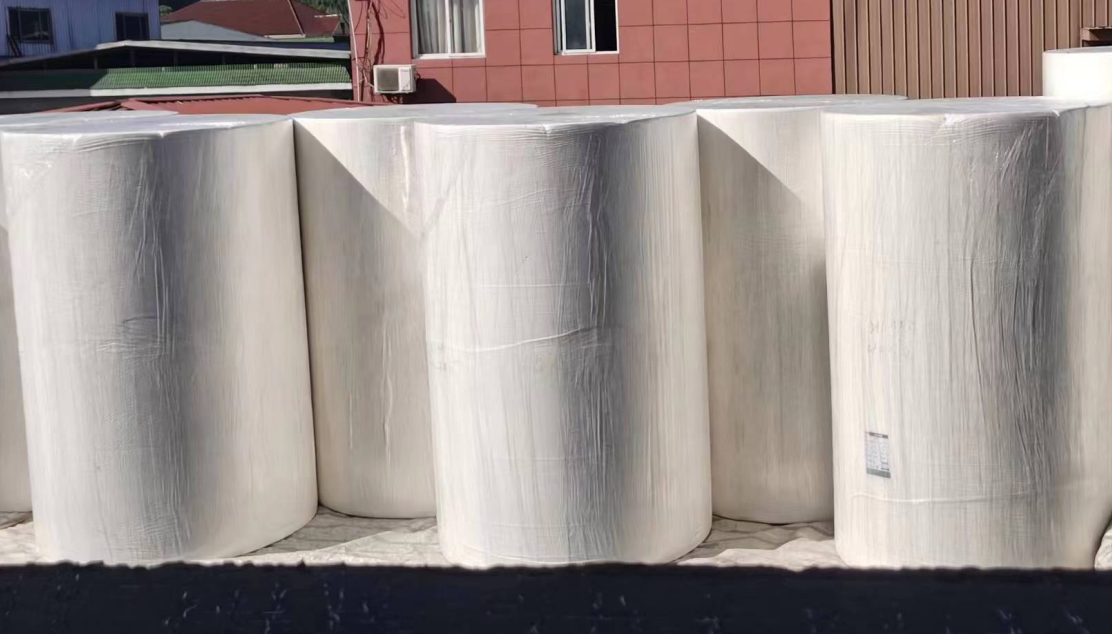As households, especially in urban areas, have seen their incomes rise, hygiene standards have risen, a new definition of “quality of life” has emerged, and the humble everyday use of household paper is quietly changing.
Growth in China and Asia
Esko Uutela, currently editor-in-chief of a comprehensive research report for Fastmarkets RISI’s global tissue business, has been specializing in the tissue and recycled fiber markets. With more than 40 years of experience in the global paper products market, he says that the Chinese tissue market is performing very strongly.
According to the China Paper Association’s Household Paper Professional Committee and the Global Trade Atlas trade data system, the Chinese market is growing by 11% in 2021, which is important for sustaining the growth of global household paper.
Uutela expects demand for household paper to grow 3.4% to 3.5% this year and in the next few years.
At the same time, the household paper market is facing challenges, from the energy crisis to inflation. From an industry perspective, the future of household paper is likely to be one of strategic partnerships, with many pulp producers and household paper manufacturers integrating their businesses to create synergies.

While the future of the market is full of uncertainty, looking ahead, Uutela believes that the Asian market will play an important role in the development of tissue.” In addition to China, the markets in Thailand, Vietnam and the Philippines have also grown,” said Paolo Sergi, sales director of UPM Pulp’s household paper and hygiene business in Europe, adding that the growth of the Chinese middle class over the past 10 years has really been the “big thing” for the household paper industry.” Combine this with the strong trend toward urbanization and it’s clear that income levels have risen in China and that many families are seeking a better lifestyle.” He predicts that the global tissue market could grow at an annual rate of 4-5% over the next few years, driven by Asia.
Energy costs and market structure differences
Sergi talks about the current situation from a producer’s perspective, noting that today European tissue producers are facing high energy costs.” Because of this, countries where energy costs are not as high may produce more large paper parent rollsin the future.
This summer, European consumers are back on the travel vacation bandwagon.” As hotels, restaurants and food services begin to recover, people are traveling again or socializing in places like restaurants and cafes.” Sergi said there is a huge difference in the percentage of sales in the segment between labeled and branded products in these three main areas.” In Europe, OEM products account for about 70% and branded products account for 30%. In North America, it is 20% for OEM products and 80% for branded products. In China, on the other hand, branded products make up the vast majority due to the different ways of doing business.”
Post time: Feb-18-2023
